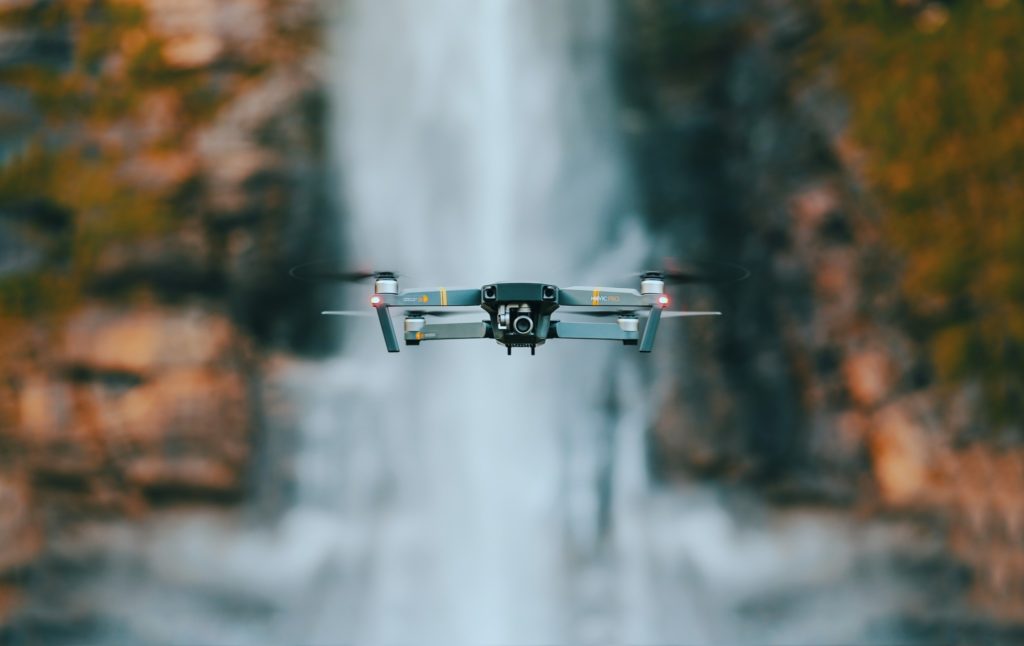Recently Director Melissa Donaldson was lucky enough to cross paths again with Steve Sammartino.
She says “He’s a futurologist and all round cool guy. We are besties – we both have a life in Geelong, so that makes us besties. Oh and he did sign his book “The Lessons School Forgot” …with love.”
So what does Steve see for our future?
Steve was at the NIBA insurance conference, filling the audience in on what the future in insurance might look like.
He sees totally autonomous cars!
Cars that look after themselves. They are not just driverless, they book themselves in for servicing. They know when their best days are behind them, and program a new bundle of automotive joy to be delivered to replace them.
And what does this future technology mean for insurance?
So what does this mean for us? Who is being insured? How are they insured?
Do we need to even have insurance, with autonomous vehicles’ collision avoidance capabilities? Who is responsible if there is an accident? The car…? The manufacturer?
Did you know there are smart buildings?
They do more than just turn light on or the air-conditioning when in use and turn it off when no one is there. They will be able to send reports back on any issues, like leaks, and arrange them to be tended to.
I’d imagine if your building has these features your premiums will be better.
New technology allows business owners to track stock in their building, in their supply chain and even see what sells quickest and then the building/software can order new stock.
Those in insurance that define what kind of ‘risk category’ policy seekers belong in have traditionally used broad actuarial tables. Which means that often it would be about right, but in some cases people would be paying more or less than they necessarily should, based on their actual risk level. However, through using technology and all manners of devices, including GPS tracking of cars to the activity trackers on our wrists, we’ll be able to more accurately delineate groupings of risk, allowing products to be priced more competitively. All because we’ll have a more accurate idea of your actual level of risk!
There’s also interest for things like creating an app for on-demand insurance for one-off instances like borrowing your mate’s car. In today’s sharing economy, there’s been some take up of a peer-to-peer model of insurance to both create customised group coverage and incentivise positive choices through group rebates.
These are examples of just some of the new interesting innovation and use of technology that is becoming available. It will be exciting to see how it will shape insurance for the insurers and clients.
What does the term insurtech mean, anyway?
Insurtech refers to the use of technology innovations designed to squeeze out savings and efficiency from the current insurance industry model. Insurtech is a portmanteau of ‘insurance’ and ‘technology’ that was inspired by the term fintech (financial technology).
Aaron Donaldson, Director of Allsure Insurance (and Melissa Donaldson’s “awesome!” little brother) is a drone techno guru. He loves bringing the understanding of insurance and drone technology together. Coming soon are drones that can carry a person! What sort of insurance will we need then?
Drones are used extensively for insurers now, especially after events such as fires. They send in drones to areas people couldn’t access for days yet, to assess homes decimated in bush fires. Insurers had claims paid out, even before any person could physically assess the homes. It’s become a safer, faster and overall better solution to traditional assessment.
Insurance is all about risk, risk reduction, risk trade off, risk mitigation, risk transference and taking on the risk. Technology can help us do that better, faster and more easily than ever before.
As we say…”having the right insurance is no accident.”

